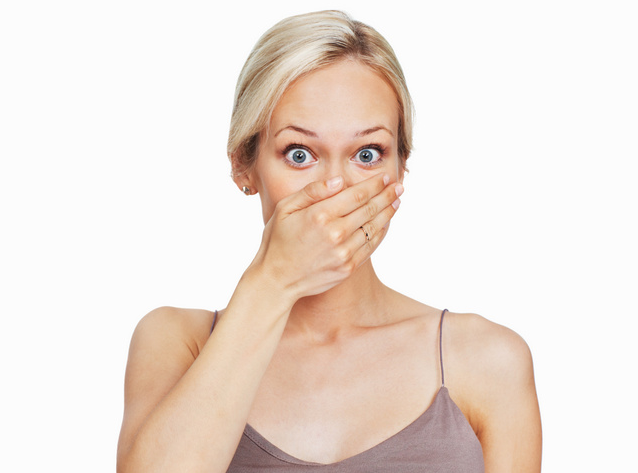
While celebrities and models may sport pearly white teeth, the smiles of most people are a tad duller. But this shouldn’t be too surprising: A number of different things can affect the color of your teeth and turn them that dreaded yellow hue.
Most causes of tooth discoloration fall into two broad categories: extrinsic and intrinsic stains.
You’ll find extrinsic stains on the surface of the enamel, the hard, outermost layer of your teeth. These stains typically develop because of your diet. [8 Foods for Healthy Teeth]
Advertisement
Not surprisingly, dark-colored foods and beverages — including coffee, red wine, black tea, colas, dark sauces and various fruits, such as grapes, blueberries and pomegranates — have the greatest potential to stain teeth. These items are high in chromogens, pigment-producing substances with a penchant for sticking to tooth enamel.
Acidic foods and beverages can worsen matters by eroding tooth enamel and making it easier for chromogens to latch onto the teeth. Tannin, a bitter compound found in wine and tea, also helps chromogens attach to tooth enamel.
Additionally, smoking and chewing tobacco are well-known culprits behind extrinsic stains, as is poor dental hygiene, which allows dental plaque to accumulate on the teeth.
Intrinsic stains occur within the tooth, when various factors alter the light-transmitting properties of the enamel and the underlying dentin.
Numerous medications can cause intrinsic stains. If children take the antibiotics tetracycline and doxycycline while their teeth are still developing (before the age of 8), their teeth may turn brownish-yellow.
During adulthood, chlorhexidine, an antiseptic used in prescription-strength mouthwash to treat gingivitis, can cause discolorations. Likewise, the acne-fighting drug minocycline, a derivative of tetracycline, stains teeth. Even relatively common drugs, such as antihistamines and blood pressure medications, can sometimes yellow teeth.
Excessive fluoride ingestion and chemotherapy directed at the head and neck also result in intrinsic stains.
Aside from extrinsic and intrinsic stains, two other factors can contribute to yellow teeth: genetics and aging.
Similar to your complexion or the color of your eyes, you may simply be born with teeth that appear more yellow (or more white) than other people’s teeth. Part of this has to do with the thickness of your enamel, which is semi-translucent. That is, if you have thin enamel, the true color of your naturally yellowish dentin will shine through.
Similarly, your enamel thins as you age, making your teeth appear more yellow.
